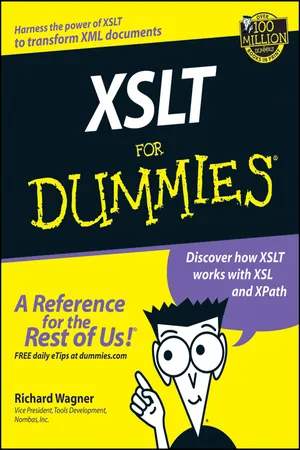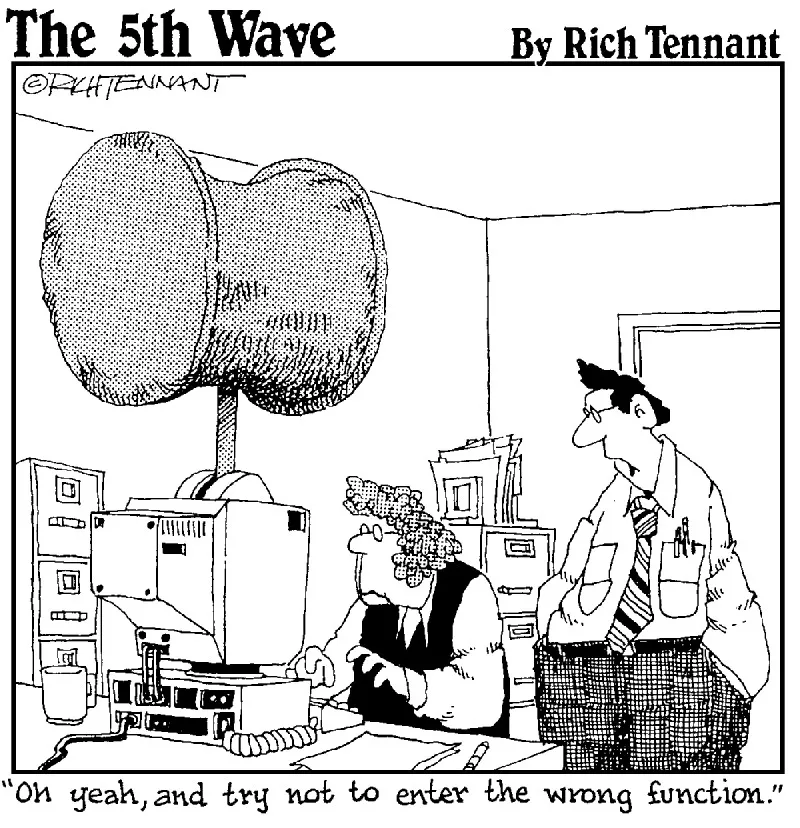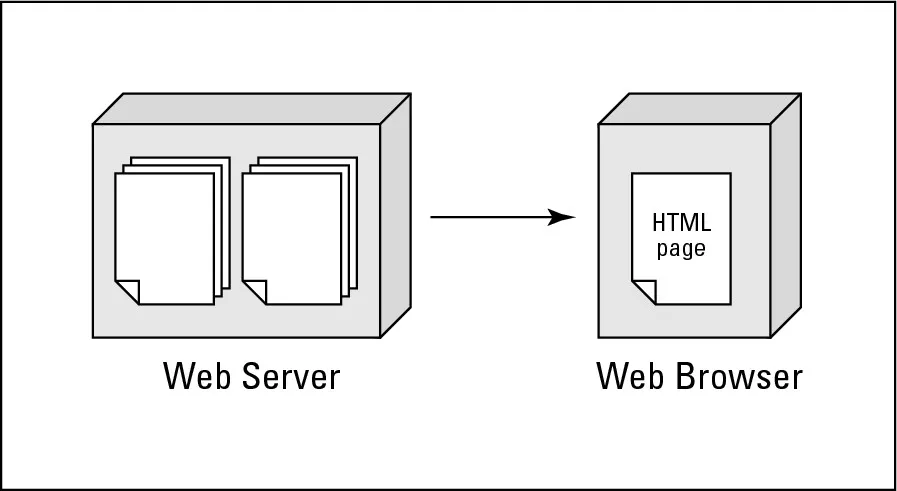
XSLT For Dummies
Richard Wagner
- English
- ePUB (mobile friendly)
- Available on iOS & Android
XSLT For Dummies
Richard Wagner
About This Book
Restructuring information in an XML document so that it works in other formats used to be a time-consuming ordeal involving lots of blood, sweat, and tears. Now XSLT (Extensible Stylesheet Language Transformations) makes the process nearly instantaneous. Just provide an example of the kind of information you'd like to see, and XSLT does the rest. With XSLT you can effortlessly transform XML documents into virtually any kind of output, including other XML documents and HTML pages. But mastering XSLT can be tricky, especially if you've never worked with XML or HTML; and most books on the subject are written for people who have. Here comes XSLT For Dummies to the rescue!
XSLT For Dummies is your ticket to quickly mastering XSLT—no matter what your prior programming experience. Writing in easygoing, plain English, XML pro Richard Wagner provides expert advice, step-by-step guidance, and tons of crystal-clear examples to help you harness the power of XSLT to transform documen ts. In no time you'll:
- Understand how XSLT works with XSL and XPath
- Experiment with templates, stylesheets, and expressions
- Perform HTML transformations
- Master XPath data types and functions
- Combine XSLT stylesheets
- Explore cool XSLT programming tricks
XSLT For Dummies works from the ground up, starting with a practical introduction of the "X-Team"—XML, XSL, XSLT, and X-Path—and instructions on how to write a XSLT stylesheet. From there it quickly moves onward and upward through the whole range of important XSLT topics, including:
- Transforming with stylesheets
- Understanding and using template rules
- Using XPath to locate nodes in XML documents
- Combining XSLT stylesheets and adding processing instructions
- Debugging XSLT transformations
- Ten XSLT processors available online
It doesn't matter whether you're a babe in the woods who can't tell a "tag" from an element, or you're an old pro at creating XML documents, XSLT For Dummies offers you a fun, easy way to explore and take full advantage of Extensible Stylesheet Language Transformations.
Frequently asked questions
Information
Part I
Getting Started with XSLT

Chapter 1
Introducing the X-Team
In This Chapter



XML: Storing Your Data
| Figure 1-1: Displaying information over the Web. |  |
HTML comes up short
